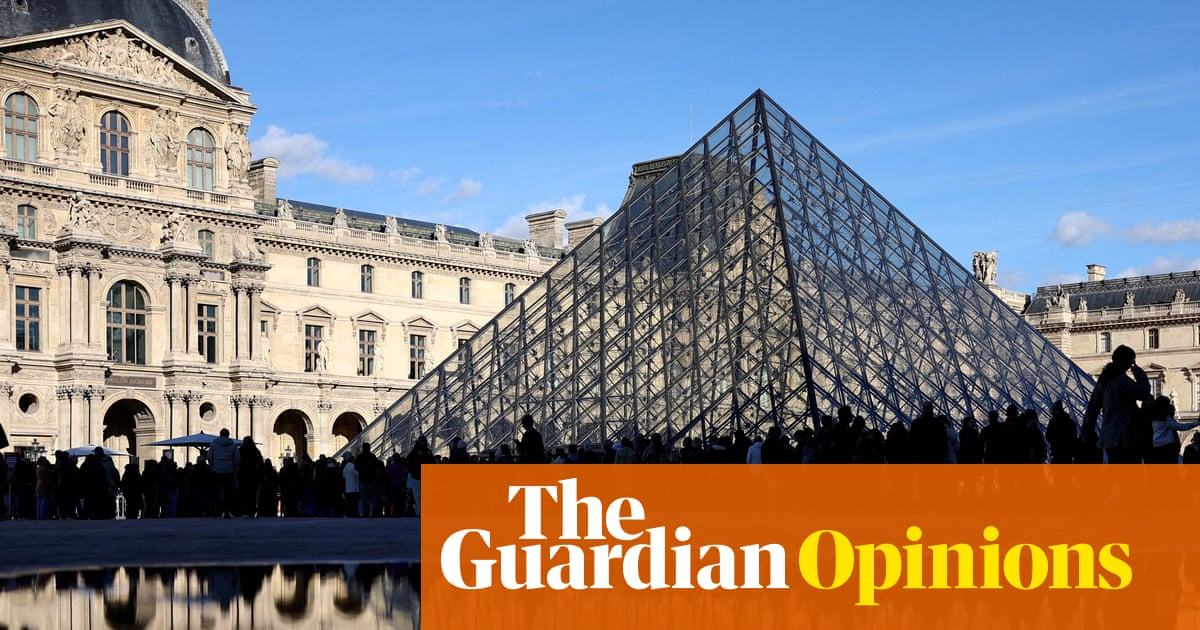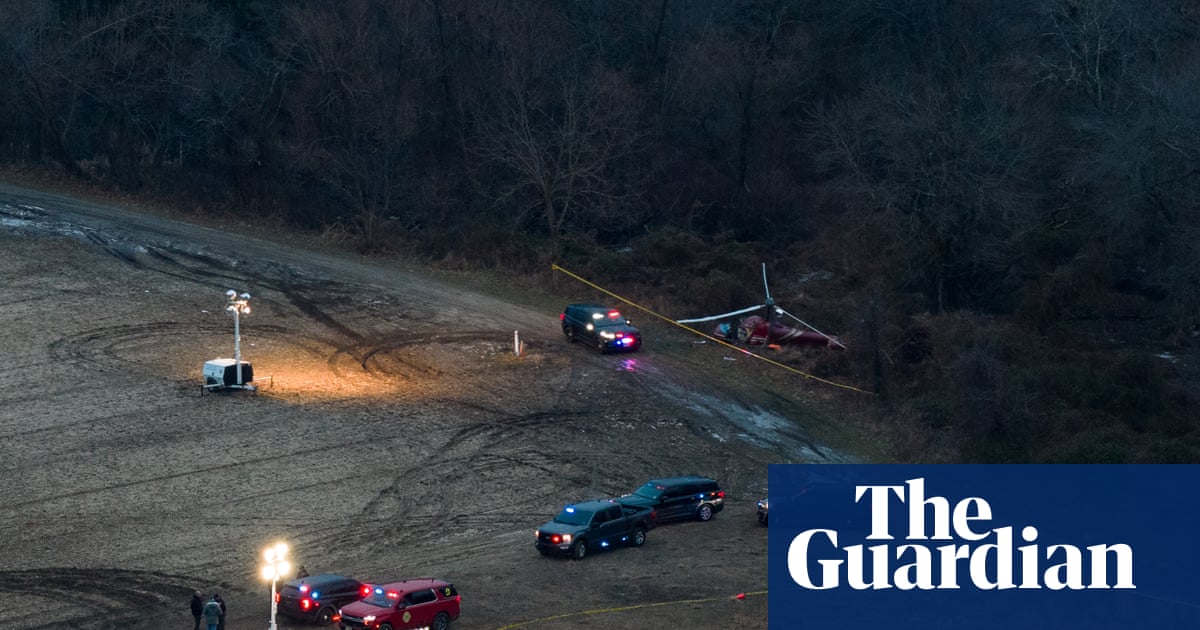A landless people and a peopleless land: these, it appears, are the aims of the Israeli government in Gaza. There are two means by which they are achieved. The first is the mass killing and expulsion of the Palestinians. The second is rendering the land uninhabitable. Alongside the crime of genocide, another great horror unfolds: ecocide.
While the destruction of buildings and infrastructure in Gaza is visible in every video we see, less visible is the parallel destruction of ecosystems and means of subsistence. Before the 7 October atrocity that triggered the current assault on Gaza, about 40% of its land was farmed. Despite its extreme population density, Gaza was mostly self-sufficient in vegetables and poultry, and met much of the population’s demand for olives, fruit and milk. But last month the UN reported that just 1.5% of its agricultural land now remains both accessible and undamaged. That’s roughly 200 hectares – the only remaining area directly available to feed more than 2 million people.
Part of the reason is the systematic destruction of farmland by the Israeli military. Ground troops have demolished greenhouses; bulldozers have toppled orchards, ploughed out crops and crushed the soil; and planes have sprayed herbicides over the fields.
The Israel Defense Forces (IDF) justify these attacks by claiming that “Hamas often operates from within orchards, fields, and agricultural land.” And apparently from hospitals, schools, universities, industrial estates and any other resources on which the Palestinians depend. All the IDF needs to do in order to rationalise destruction is to suggest that Hamas has operated or might operate from the thing it wants to destroy. And if there’s no evidence – sorry, too late.
The IDF is steadily expanding the “buffer zone” along Gaza’s eastern border, which happens to contain much of the Strip’s agricultural land. As the human rights specialist Hamza Hamouchene points out, rather than “making the desert bloom” – a mainstay of Israeli state propaganda – it is turning fertile and productive land into desert.
The Israeli government has been felling Palestinians’ ancient olive trees for decades to deprive them of subsistence, demoralise them and break their connection with the land. Olives are both materially crucial, accounting for 14% of the Palestinian economy, and symbolically powerful: if there are no olive trees, there can be no olive branch. Israel’s scorched-earth policy, in conjunction with its blockade of food supplies, guarantees famine.
The IDF’s assault on Gaza has caused a collapse in wastewater treatment. Raw sewage floods the land, seeps into aquifers and poisons coastal waters. The same thing has happened to solid waste disposal: mountains of rubbish now rot and smoulder among the ruins or are pushed into informal waste dumps, leaching contaminants. Before the current assault, people in Gaza had access to about 85 litres of water per person per day, which, while sparse, meets the recommended minimum level. As of February this year, the average had fallen to 5.7 litres. Gaza’s crucial coastal aquifer is further threatened by the IDF’s flooding of Hamas tunnels with seawater: salt intrusion, beyond a certain point, will render the aquifer unusable.
The UN Environment Programme estimated last year that on each square metre of Gaza there was an average of 107kg of debris from bombing and destruction. Much of this rubble is mixed with asbestos, unexploded ordnance, human remains and the toxins released by weaponry. Munitions contain metals such as lead, copper, manganese, alumnium compounds, mercury and depleted uranium. There are credible reports of the IDF illegally using white phosphorus: a hideous chemical and incendiary weapon that also causes widespread contamination of soil and water. Toxic dust and smoke inhalation have major impacts on people’s health.
On top of the devastating immediate impacts on the lives of the Gazan people, the carbon emissions of Israel’s assault are astronomical: a combination of vast direct emissions caused by the war and the staggering climate cost of rebuilding Gaza (if that is ever allowed to happen) – reconstruction alone would produce greenhouse gases equivalent to the annual emissions of a medium-sized country.
When you consider the ecocide alongside the genocide, you begin to grasp the totality of the Israeli state’s attempt to eliminate both the Palestinians and their homeland. As the Palestinian ecologist Mazin Qumsiyeh argues: “Environmental degradation is not incidental – it is intentional, protracted, and aimed at breaking the eco-sumud (ecological steadfastness) of the Palestinian people.”
I’ve written very little over the years about the environmental impacts of armed forces, as I feel that if you cannot persuade decision-makers that killing people is wrong, you will never persuade them that killing other life forms is also wrong. I think many others have felt the same way, which is one reason why the military tends to be excused the environmental scrutiny that other sectors have felt. But its footprint, even in peacetime, is enormous. The Conflict and Environment Observatory estimates that the world’s armed forces produce roughly 5.5% of global greenhouse gas emissions. Yet partly as a result of lobbying by the US government, they are exempted from mandatory reporting under the Paris climate agreement. Nor are they properly held to account for their vast range of other environmental harms, from deforestation to pollution, soil destruction to unregulated dumping.
after newsletter promotion
Nobody who cares about this issue is calling for “green bullets” or “green bombs”, but every so often military researchers and defence departments seek to persuade us that they can now blow people apart sustainably. For many years, green campaigners have pointed out that peace and environmental protection must go together. War is as devastating to ecosystems as it is to people, and environmental breakdown is a major cause of war.
For the Israeli government, the erasure of ecosystems and people’s means of survival seems to be a key strategic aim. It appears to be seeking what some have called “holocide”: the complete destruction of every aspect of life in Gaza. Even without a specific law of ecocide, which many of us seek, the destruction of Palestinian ecosystems is in clear contravention of article 8 of the Rome Statute and should be considered alongside its great crime of genocide.
But if the eventual plan is to create a “Gaza Riviera” or a similar scheme to build an eerie elite technopolis stripped of place and history, of the kind that Donald Trump and some senior Israeli politicians favour – well, who needs trees or soil or crops for that? There is no cost to the perpetrators. Or not, at least, until they are brought to justice.
-
George Monbiot is a Guardian columnist

 3 months ago
57
3 months ago
57

















































